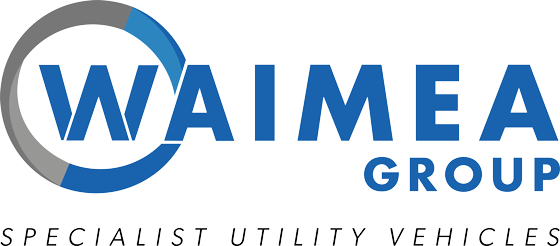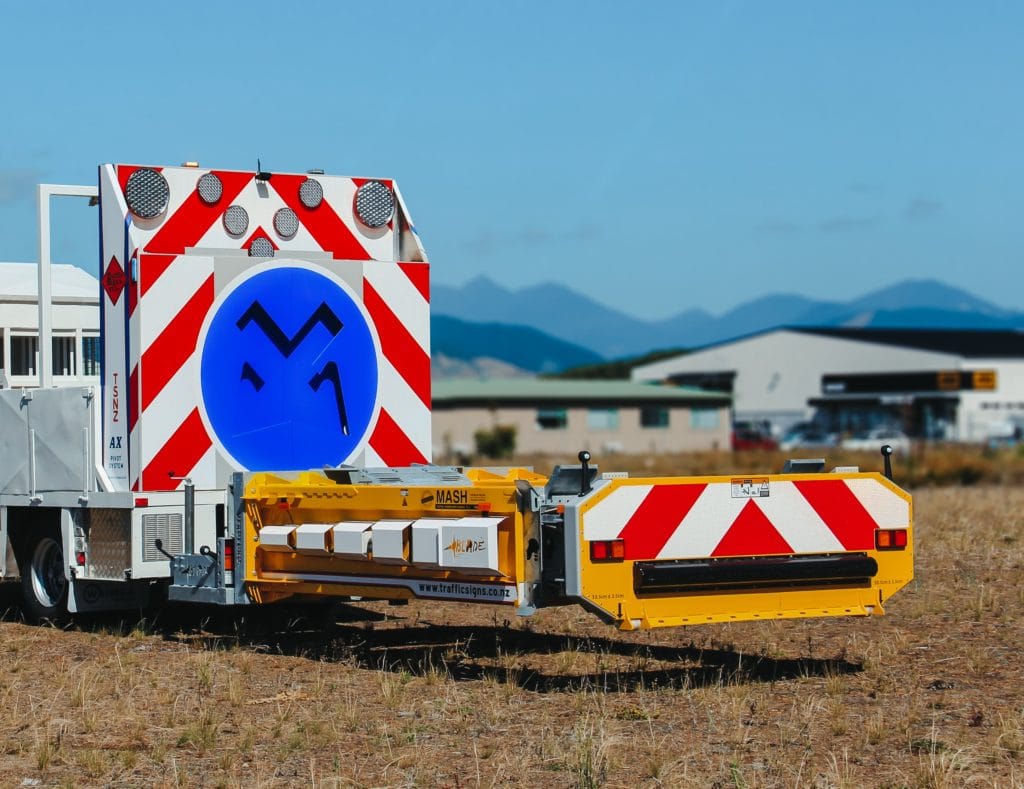Code of Practice Update for Truck Mounted Attenuators
A 70km/h reason to keep updated with TMA regulation change!
On 31st December 2020 regulation changes came into force with regards to TMA (truck mounted attenuators, otherwise know as ‘crashpads’) deployed on shadow vehicles whilst at work on level 2 & level 3 roads.
These changes have future compliance implications and as such, need to be ‘front of mind’ for traffic management and roading contractors when making purchasing decisions or looking to set up new traffic management trucks.
A Quick Recap on Traffic Management Levels
New Zealand’s roads are zoned into four different levels: LV, 1, 2 and 3. These classifications are not about ‘speed’ but are created on a ‘volume’ basis i.e., the number of vehicle movements per day (VPD). The four levels are explained below:
- Level LV – Low volume roads (annual average daily traffic (AADT) less than 500 vehicles per day (VPD))
- Level 1 – Low to moderate volume roads (AADT 500 to 10,000 VPD)
- Level 2 – High volume roads (AADT greater than 10,000 VPD)
- Level 3 – High volume, high speed multi-land roads, expressways and motorways (AADT greater than 10,000 VPD and speed greater than 75 km/h)
The vast majority of NZ roads require temporary traffic management at level 1. A link to an interactive map showing the levels of roads in your area of operations can be found here: https://maphub.nzta.govt.nz/public/?appid=f5089e80cdcf447b8e3dd292c86d731d
What Are The Changes?
The changes specifically relate to Level 2 & 3 roads that now call for crash pads (TMAs) to be accredited to MASH TL-3 standard when being used on roads with a permanent speed limit of 70km/h or greater. This is quite significant because for the past 20 years a widely used crash pad has been a NCHRP 350 TL-2 rated product which was able to be used on roads exceeding 70km/h.
The NCHRP 350 product can no longer be used above 70km/h and is only able to be used on roads with permanent speeds at 60km/h or lower. Furthermore, after 31st December 2028, the NCHRP 350 product will no longer be compliant for use on level 2 roads which will in essence discontinue it from practical use.
The below chart from the temporary traffic management code of practise (CoPTTM) sets this out clearly:
| B11.1.4 Minimum Requirements | The minimum requirements for shadow vehicles deployed on level 2 and level 3 road is: | |
| Permanent speed limit | Minimum requirement | |
| 70km/h or greater | TL3 TMA (MASH) | |
| 60 km/h or lower | TL2 TMA (NCHRP 350 or MASH) or RUPD | |
| B11.1.5 Application Dates | The following application dates apply on level 2 and level 3 roads: | |
|
a) By 31 December 2020, MASH TL3 TMA’s (as detailed in section 6, AS/NZ 3845 Part 2) are to be deployed on level 2 and 3 roads with permanent speed limits of 70km/h or greater b) By 31 December 2028, NCHRP 350 TL2 TMAs to be phased out c) NCHRP 350 TL2 TMAs may continue to be deployed on level 2 roads with permanent speed limits of 60 km/h or less until 31 December 2028 d) From 1 April 2019 RUPDs (as detailed in section 7, AS/NZ 3845 Part 2) may be used on vehicles deployed on level 2 roads with permanent speed limits of 60km/h or less |
||
Our Recommendations:
In consideration of the recent changes and what lies ahead, our recommendation is to always spec a TL-3 compliant crash pad irrespective of whether you are working on level 2 or 3 roads. By using the MASH TL3 accredited Verdegro Blade as detailed below, this has been certified for use in the retracted position which means it is the only MASH TMA to offer the combination of TL-2 & TL-3 in one unit. Use as retracted to complete low speed work in narrow urban conditions with overhead hazards and then extend the TMA for use as required on motorways, expressways and highways.





